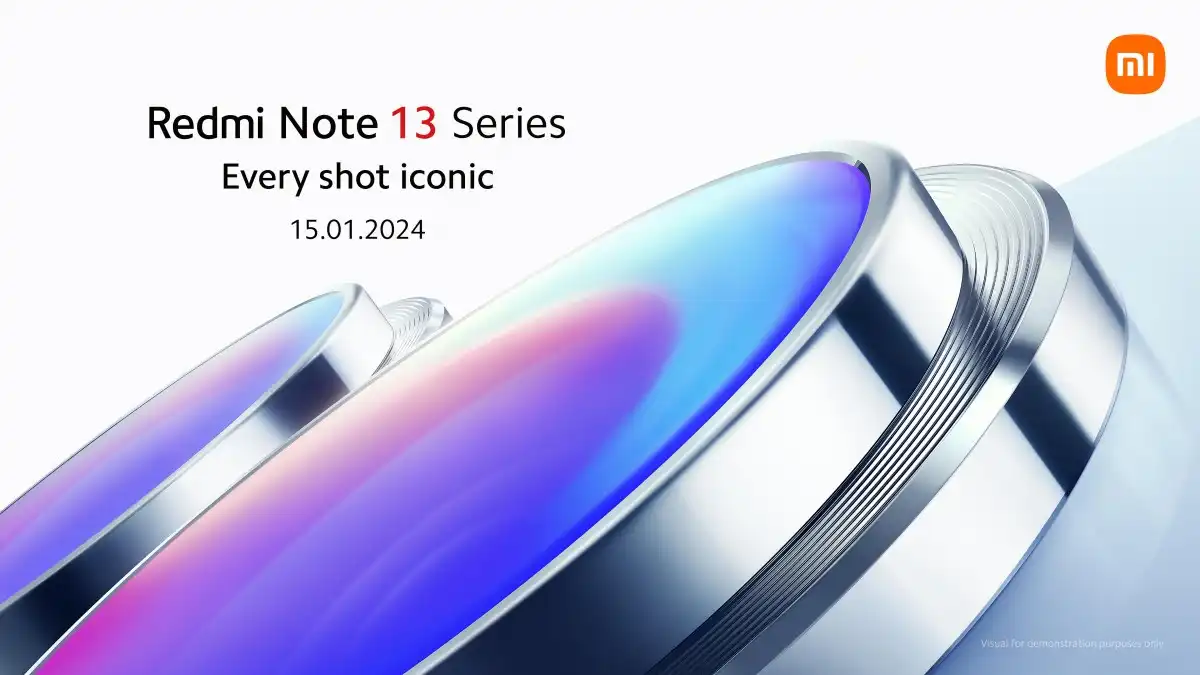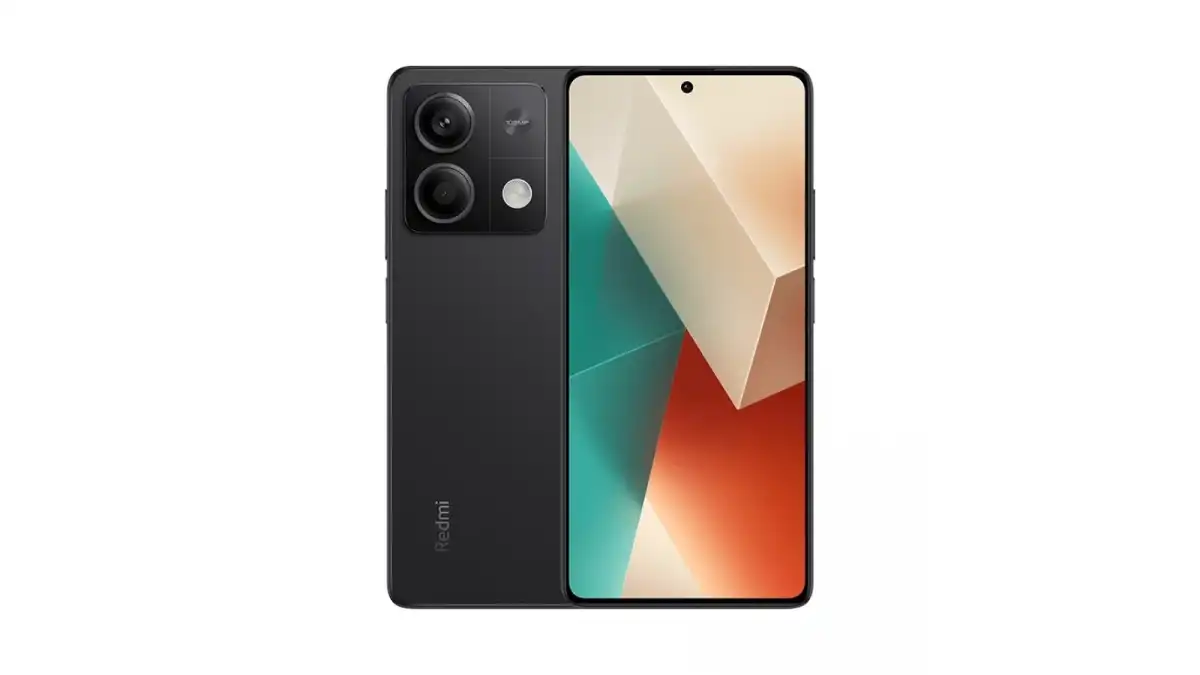Xiaomi produces a number of amazing phones each year including “Redmi Note 13”, but its sub-brand excels at inexpensive devices.
The Redmi Note 12 series made a big statement last year, with four phones launching in the UK and Europe. Depending on your budget, you might make a compelling argument for purchasing the Redmi Note 12, 12 5G, 12 Pro, or 12 Pro Plus.
However, Xiaomi is going one further in 2024, with five Redmi Note 13 devices to pick from. Four of them have now been released; here’s all you need to know.
When was the Redmi Note 13 series released?
Xiaomi first launched this Note 13 series in China on 21 September 2023. They then arrived in India on 4 January 2024.
Fortunately, we didn’t have to wait much longer for the global launch. It took place on 15 January 2024.

Five phones were introduced: the Redmi Note 13, Note 13 5G, Note 13 Pro, Note 13 Pro 5G, and Note 13 Pro+.
Four of them are currently accessible in the UK, having been launched on February 1, 2024. However, the Redmi Note 13 Pro’s 4G release date has yet to be announced.
As well as the Xiaomi website, the devices are also available on Amazon.
As usual, this global launch doesn’t include the US. Xiaomi doesn’t sell any of its phones there, and that’s unlikely to change anytime soon.
How much does the Redmi Note 13 cost?
Here are the confirmed starting prices for the phones in the UK and Europe:
- Redmi Note 13 (4G) – £199/€199
- Redmi Note 13 5G – £279/€200
- Redmi Note 13 Pro (4G) – £279/€299
- Redmi Note 13 Pro 5G – £339/€399
- Redmi Note 13 Pro+ (5G) – £449/€499
Pricing has remained largely the same as the Redmi Note 12 series, which is good to see:
- Redmi Note 12: From £219/€249
- Redmi Note 12 5G: From £279/€299
- Redmi Note 12 Pro: From £339/€399
- Redmi Note 12 Pro+: From £449/€499
What specs and features does the Redmi Note 13 have?
There are no fewer than five phones in the Redmi series. Let’s go through all of them.
Redmi Note 13 and 13 5G
Let’s begin with the standard Note 13, which is available in both 4G and 5G versions. The main distinction between them is the processor, with the 4G version employing a Qualcomm Snapdragon 695 and the 5G version upgrading to a MediaTek Dimensity 6080.
Interestingly, the cheaper 4G variant has an in-display fingerprint sensor rather than the side-mounted type found on the Note 13 5G. You also receive two speakers, rather than just one.
All other major specifications, however, are equal between the two phones. This incorporates a 6.67-inch 1080×2400 OLED display with a refresh rate of 120Hz.
However, the 5G version has stronger Gorilla Glass 5 rather than Gorilla Glass 3 on the Note 13 4G. Another important durability feature, IP54 water and dust resistance, is available on both phones.

Both phones’ rear cameras have a 108MP primary sensor, as well as 8MP ultrawide and 2MP macro lenses. The 16MP selfie camera on the front also supports ‘AI Face Unlock’, however Xiaomi has not explained what this implies.
The 5000mAh battery in both phones enables 33W rapid charging, and the appropriate charger is supplied in the package. There is still no wireless charging, however.
Another notable feature is the presence of a 3.5mm headphone jack, which is uncommon in phones in 2024.
Redmi Note 13 Pro and Pro 5G
The Redmi Note 12 Pro had only one 5G variant, however Xiaomi released a 4G version this year. However, unlike the 5G model, the release date for that version has yet to be determined.
The Pro 4G runs on the MediaTek Helio G99 Ultra processor, while the 5G version has the more powerful Qualcomm Snapdragon 7s Gen 2.
The only other change to the 5G variant is a slightly greater resolution of 2712 x 1220 on the 6.67-inch, 120Hz display (vs. 2400 x 1080). You also receive a bigger 5100mAh battery instead of 5000mAh, however both allow 67W wired charging with the included charger.

Both phones have an impressive-sounding 200Mp primary back camera, which is accompanied by 8Mp ultrawide, 2Mp macro, and 16Mp selfie lenses. The latter still supports ‘AI Face Unlock’, although both phones include an in-display fingerprint sensor.
Internal storage is offered in 256GB and 512GB capacities, although only the 4G variant supports Micro-SD expandable storage up to 1TB. Both have IP54 water and dust resistance ratings.
Redmi Note 13 Pro+
Then there’s the flagship 13 Pro+. It undoubtedly boasts the best specifications of any mid-range phone.
It’s powered by MediaTek’s Dimensity 7200 Ultra chipset, which isn’t the most powerful, but it’s close.
The remainder of the phone is quite identical to the 13 Pro note, although it still represents a major boost over the previous 12 Pro+. The 6.67-inch OLED panel has a resolution of 1220×2712 and a refresh rate of 120Hz.
The rear cameras consist of a 200Mp primary sensor, 8Mp ultrawide, and 2Mp macro, with a 16Mp selfie lens on the front. It supports face unlocking, but the under-display fingerprint scanner is more secure.

The 5000mAh battery is smaller than the Note 13 Pro, but it charges considerably faster. It supports 120W wired rates, as does the Note 12 Pro+, and Xiaomi claims you can go from 0 to 100% in 19 minutes. The essential charger is provided in the box, however there is still no wireless charging.
You also get a premier IP68 water and dust resistance rating, as well as two speakers that enable Dolby Atmos. However, the 3.5mm headphone port, which is found on all other Note 13 phones, is missing here.
The software experience is the same across all five phones, although it may be disappointing. Out of the box, the Note 13 devices run the identical MIUI 14 software.
The release date for the upgrade to Xiaomi’s new HyperOS skin, which is based on Android 14, is unknown. Xiaomi has not made any explicit commitments on upgrades, although it typically maintains phones with three Android versions and four years of security fixes.


